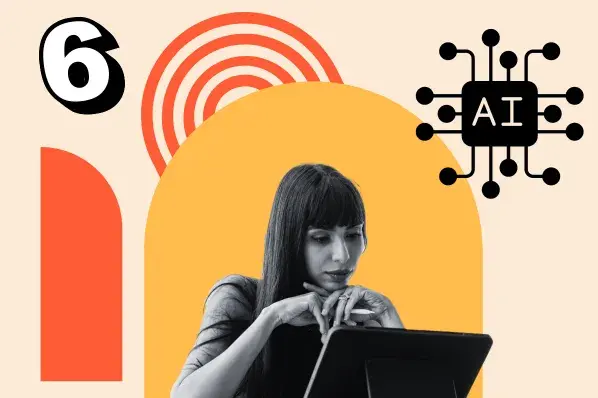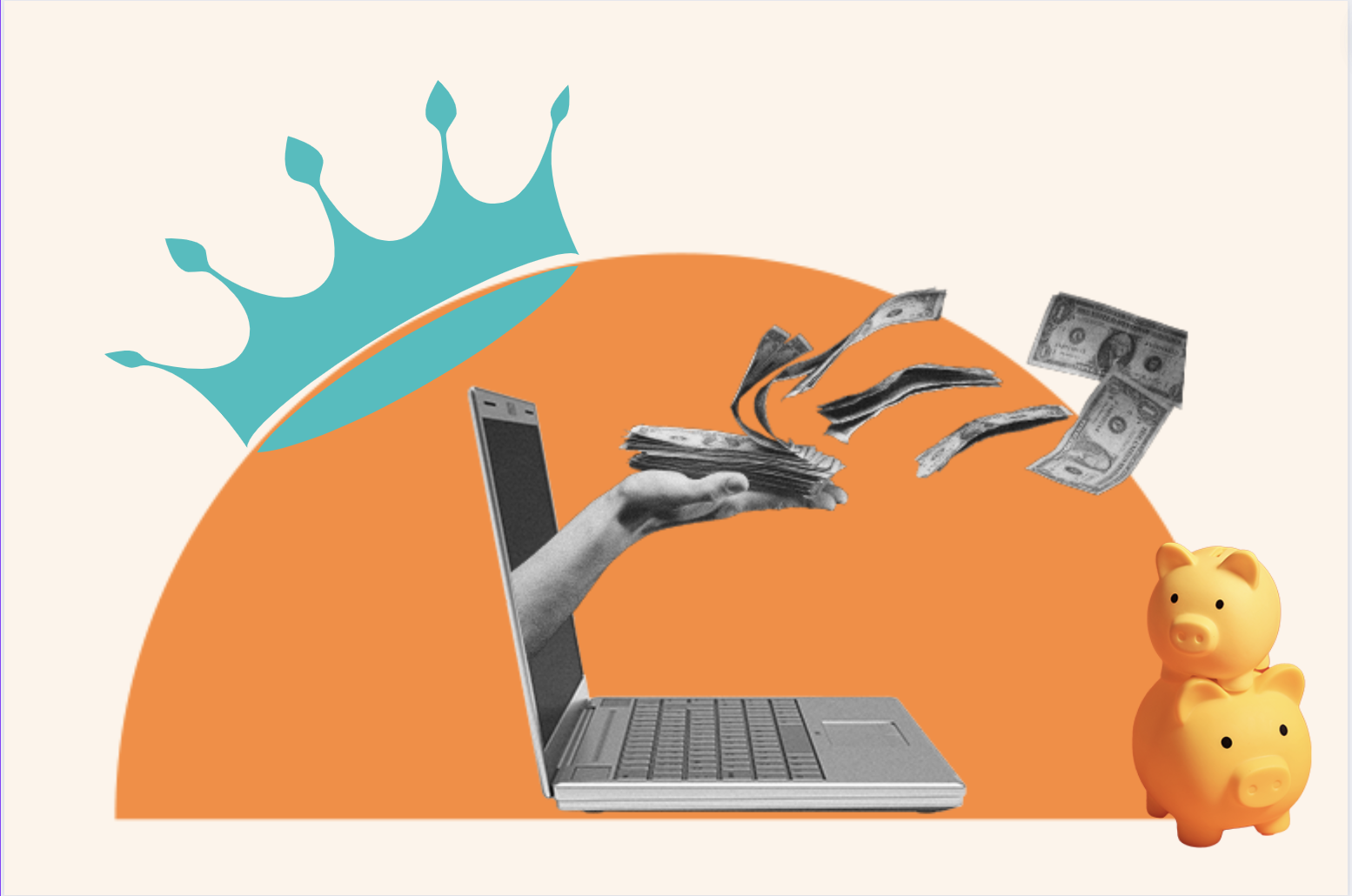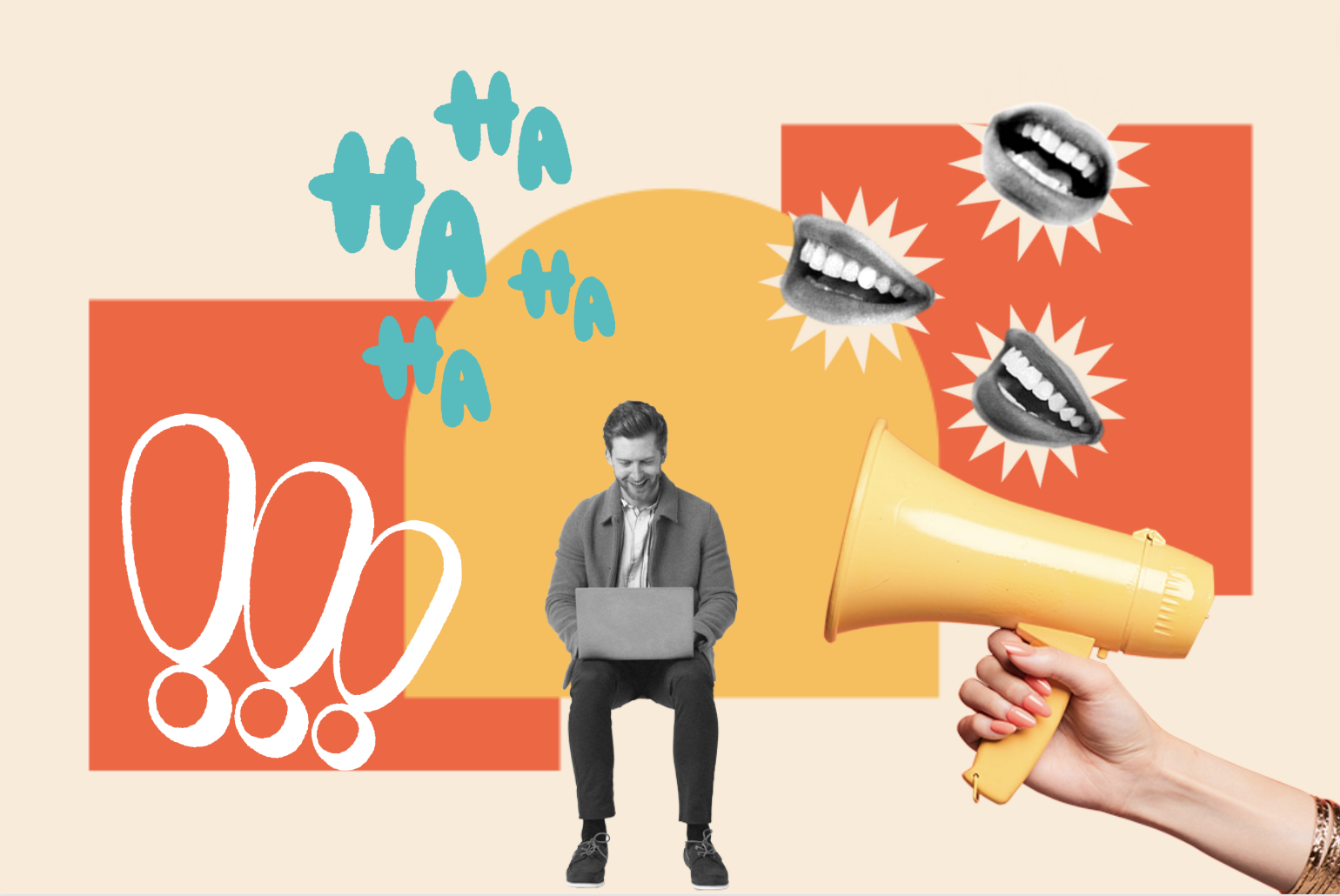A tiered customer support system is one way to make sure your customers are getting the help they need, quickly. But it’s not the only option.
Learn more about customer service tiers, and how to decide if this approach is a good fit for your business.
What are customer service tiers?
Customer service tiers are commonly referred to as part of a tiered customer support model. Businesses use tiers as an escalation system for customer service. Each tier addresses issues based on certain criteria — like specialization level or degree of difficulty.
Types of Customer Service Tiers
The types of customer service tiers vary across businesses.
As shown in the image below, the tiers generally scale from zero to three. Customer issues start at the bottom of the pyramid and are escalated up based on complexity.

Tier 0: Knowledge Base and FAQs
Tier zero is considered the starting point for customer support. Think of this tier as the self-service option.
At this stage, people go to the knowledge base to find solutions for routine issues. Or, they browse the Frequently Asked Questions, or FAQ, page on a website to find answers on their own.
Let’s say a customer buys a new refrigerator. After a few months, the “replace water filter” light comes on. They’re not sure how to change it.
After searching the product website, they stumble upon the knowledge base and … there it is: a step-by-step instruction guide on how to change a water filter. Their quest for help stops there.
That’s tier zero.
This level of support is critical if you’re implementing a tiered customer service system.
Why?
Because the more customers can do on their own, the better. Especially, when it comes to your customer service team’s time and resources.
Tier 1: Help Desk
The next tier is the help desk. This is the first human touchpoint customers have with a company.
Help desk representatives provide frontline assistance for common customer inquiries, like general product functionality and usability. They can also help direct customers to existing resources (read: a knowledge base or FAQs).
Take this example: Someone signs up for a fitness subscription. They want to take a workout class but can’t figure out how to add classes to their calendar.
The person pokes around the website for answers and … no luck. So, they reach out to the help desk. A customer service rep walks them through the process on the phone.
That’s tier one in action.
But, if a request comes in and is out of scope, the rep escalates the issue to the next tier.
Tier 2: In-House Support
Once an issue is escalated, the customer lands on tier two. At this level, the customer service reps are subject matter experts. They can provide a higher level of technical support than the previous tier.
Tier two often handles time-consuming inquiries, like product optimization or in-depth problem-solving.
Think of this tier as the landing pad for issues your help desk can’t quite figure out. Like, if someone buys a new laptop, and the device won’t connect to the Internet — even after the rep ran through their list of troubleshooting options.
At this point, a tier two specialist is looped in to assist.
Tier 3: Developer Support
The final tier is the most specialized of all. Tier three holds the highest level of product expertise. These are your developers and product engineers.
Most issues are typically resolved in tier two. Tier three issues may require upgraded solutions or new infrastructure to resolve.
For example, a customer purchases an app and encounters an unusual technical issue — like a glitch or bug that’s unique to their user experience. This request would ultimately land in tier three for a product engineer to investigate and resolve on the backend.
How Customer Service Tiers Work
Now, let’s visualize how the different tiers flow together in practice. We’ve created an imaginary customer to help us walk through the process. We’ll call them Customer A.
Customer A keeps getting an error message when trying to set up their account.
- At tier zero, Customer A searches your knowledge base and finds a related article. They troubleshoot the issue independently but can’t solve the error on their own.
- Next stop: tier one. They reach out to your help desk for assistance. The rep is unable to resolve the error, so the issue is escalated.
- Where does it go? That’s right, tier two. At this level, Customer A is connected with an account support specialist. The specialist identifies the source of the problem but can’t fix the error on their own.
- The issue has now reached tier three. A web developer is looped in to complete a few tasks on the backend. The error is resolved, and Customer A can set up their account.
What is collaborative customer service?
Collaborative customer service is an alternative approach to customer service tiers. The collaboration model engages cross-functional teams to resolve customer requests.
Incoming inquiries are assigned to a person or a team based on the request type or severity. The individuals are responsible for connecting with relevant stakeholders to address the issue.
In short, everyone works together.
Customers don’t move across tiers — or from person to person — based on the nature of the request. This means the customer only interacts with one support rep throughout the process.
How Collaborative Customer Service Works
Remember Customer A: the person who had the account setup issue? Let’s walk through how a company would resolve the problem using a collaborative customer service model.
- Customer A tries to set up their account and keeps getting an error message. They reach out to your customer service team for assistance.
- An available specialist who handles account support assigns the ticket to themselves. They’re unsure how to solve the error, so they take it back to the team for troubleshooting.
- After some discussion, the team realizes they need a developer to correct the error. They loop in the web team to implement a fix on the backend.
- The assigned specialist lets the customer know the issue has been resolved. The customer can now set up their account.
Customer Service Tiers vs. Collaborative Customer Service
The main difference between customer service tiers and collaborative customer service is how internal teams function to resolve customer issues.
Plus, the number of customer touchpoints changes based on your approach.
Let’s take a look at the pros and cons of both models.
Pros of Customer Service Tiers
One advantage of the tiered customer service model is that implementation is straightforward. You can assign specialists to a tier based on experience and expertise. Plus, there’s a distinct hierarchy to address every incoming customer request.
Speaking of hierarchy, customer service tiers create clear accountability at each level. Lower tiers handle routine inquiries while higher tiers are reserved for the most difficult issues.
This approach also gives employees structured opportunities for advancement. Once support reps have mastered the competencies at their current level, they can move on to the next tier.
Cons of Customer Service Tiers
Joshua Cameron, an inbound consultant at HubSpot, shared his thoughts on the disadvantages of customer service tiers:
“Often, with complex issues, a customer ticket is being passed from rep to rep based on their level of experience. This can increase time to resolution, or TTR, and also cause frustration. Especially, since the customer may have to repeat themselves over and over as the ticket moves through the reps and tiers.”
Another disadvantage of this system is that it requires strong self-service functionalities. That is, if you're hoping to ease the burden on your help desk.
Pros of Collaborative Customer Service
Cameron also offered his thoughts on the advantages of collaborative customer service:
“Having a collaborative model allows someone who may be newer to the role to take on a complex ticket. This accelerates the team member’s learning, product knowledge, and leads to faster ticket resolution.”
He adds: “Customer challenges and experiences can be discussed among the entire team. This ultimately leaves you with a more well-rounded support team and is a much better experience for customers.”
HubSpot Customer Support Specialist Tessa Dowd echoed Cameron with some pro-collaboration thoughts of her own:
“The collaborative approach helps with product knowledge for the support reps themselves. It also brings a more human approach [to customer service].”
Cons of Collaborative Customer Service
The major disadvantage of the collaborative customer service model is the lack of hierarchy. This may cause confusion between employees and, potentially, customers.
This approach may also expose internal inefficiencies. Especially, when newer or less experienced reps have to tackle complex issues.
Which customer service model is right for your business?
So, back to our original question: Are customer service tiers right for your business? Well, the short answer is, that’s for you to decide.
As a first step, try to evaluate customer needs. Choosing the right system means finding out which one works best for your customers.
You can ask your customer service team questions like:
- What are the most common customer inquiries? If they’re routine — like account issues or basic product questions — maybe a tiered support system could work.
- What is the level of difficulty or severity of requests? If they often require the expertise of multiple teams — like product customizations or usability bugs — collaboration could be the way to go.
Then, it’s important to consider what your internal capabilities are:
- What size is your business or support team? If your team is on the smaller side, you may want to use collaborative customer service to share knowledge and expertise.
- What technology resources are available? If you have the capacity to build out a thorough knowledge base, you could consider using customer service tiers.
In the end, customer delight is your ultimate goal. As long as your customers (and employees) are happy, go with the system that works best for you.
Customer Service
.png?width=112&height=112&name=Image%20Hackathon%20%E2%80%93%20Vertical%20(9).png)





.png)

-2.png)



